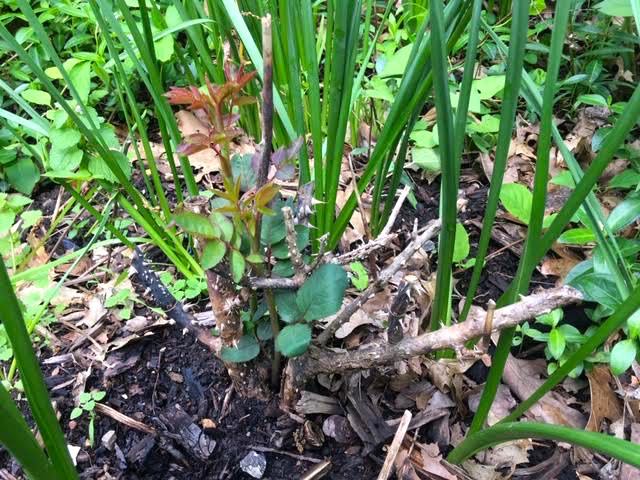Rose Grades
/Bare root roses have their grade noted on the bag. (Photo by Charlotte Ekker Wiggins)
Rose Grades
Have you ever picked up a package of bare root roses and wondered what the number grades mean? The good news is that the rose Industry has established standards to help growers, and consumers, better know what they are buying. Those standards translate into grades, with the lowest number being the most expensive, Grade 1, to the less well-established roses at grade 2.
To us as consumers, Grade 1 roses are the most expensive and the ones we can expect to fully bloom the year they are purchased. These are also the newly launched roses.
Grade 1.5 are roses that can use a full year of growing before they are fully in bloom. They also tend to be the older, tried and true roses.
The other mark I look for in my roses is the American Rose Society emblem. Established in 1892, the society funds research and education as well as the ratings that help us all in our rose purchases.
The American Rose Society publishes a guide shared with its members rating the named roses. The higher the score the better the rose. I joined the society a few years back and have one of the booklets around here somewhere. The ratings can be misleading because a rose featured at the Portland Rose Festival may not do as well here in Missouri in USDA Hardiness Zone 5b/6a.
I do look for the American Rose Society Symbol more to assure myself I am buying a good established rose.
The other factor that is important to me is scent. I want roses that speak to me with their fragrance, be it spicy or just a heady odor that can fill up a room. Most roses today will note whether the rose is fragrant on the label.
Here’s one of the bare root roses getting a good start. (Photo by Charlotte Ekker Wiggins)
Finally, here is the ranking of rose bush sizes. In mid-Missouri, the miniatures, which are a small shrub rose, have done well for me so I am adding a few more shrub varieties for my bees. And me.
Miniature (1 ft)
Floribunda (2-4 feet)
Hybrid Tea (3-5 feet)
Grandiflora (4-6 feet)
Shrub (4-6 feet)
Roses are edible and make lovely salad and plate garnishes, just make sure you are picking them from an area that hasn’t been treated with chemicals or pesticides.
Missouri is well-known for its clay and hot summer weather. Planting roses should work if we can amend soil with compost to give the roses the nourishment they need and provide them with air conditioning.
Well, one out of two isn’t bad.
Good reason to have a back up around, like this vintage roses quilt. No watering required!
Charlotte













